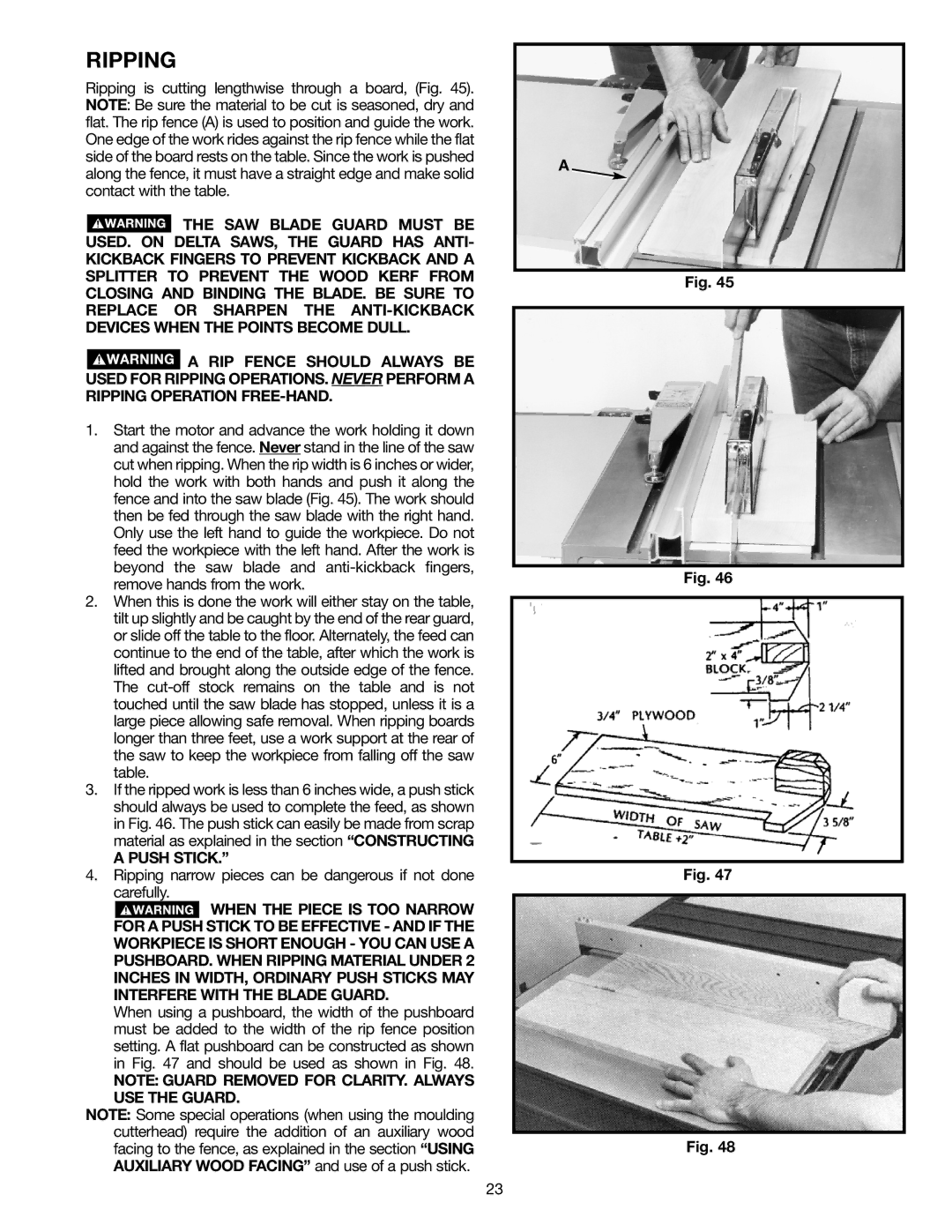36-714 specifications
The Epson 36-714 is a robust multi-functional printer that stands out in the competitive landscape of inkjet printing technology. Designed primarily for small to medium-sized businesses, this all-in-one device seamlessly combines printing, scanning, copying, and faxing capabilities into a single compact unit. The 36-714 is particularly known for its high-speed performance and exceptional print quality, making it an ideal choice for professionals looking to boost productivity without sacrificing quality.One of the defining features of the Epson 36-714 is its advanced PrecisionCore technology. This patented technology enables the printer to deliver sharp, vibrant prints with a resolution of up to 4800 x 2400 DPI. The result is impressive color accuracy and detail, which is especially beneficial for businesses that require high-quality marketing materials, presentations, or detailed documents.
Another key highlight of the 36-714 is its enhanced printing speed. With the ability to print up to 25 pages per minute in black and white and 12 pages per minute in color, this printer minimizes downtime and maximizes efficiency. The device is also equipped with automated duplex printing, allowing users to print on both sides of the paper, which not only saves resources but also reduces paper clutter.
The 36-714 boasts an intuitive 4.3-inch touchscreen interface that simplifies navigation through its various functions. This user-friendly control panel enables quick access to print jobs, scanning options, and settings adjustments, making it easy for users of all skill levels to operate the printer effectively.
In terms of connectivity, the Epson 36-714 offers versatile options, including USB, Ethernet, and wireless capabilities. Users can easily connect the printer to their local network or use mobile printing options through Epson’s iPrint app or Google Cloud Print. This flexibility allows teams to print from multiple devices, whether they are in the office or working remotely.
Security features are also a significant consideration in today’s business environment. The Epson 36-714 addresses this with secure printing options and the ability to set user access controls to safeguard sensitive information.
Moreover, cost-effectiveness is a strong attribute of the Epson 36-714, as it utilizes Epson’s high-capacity ink cartridges. This helps to lower the cost per page, providing more economical printing over time.
In summary, the Epson 36-714 is a versatile, high-performance inkjet printer that excels in speed, quality, and connectivity. Its robust features and thoughtful design make it an essential tool for any business looking to enhance productivity while maintaining exceptional print standards.

